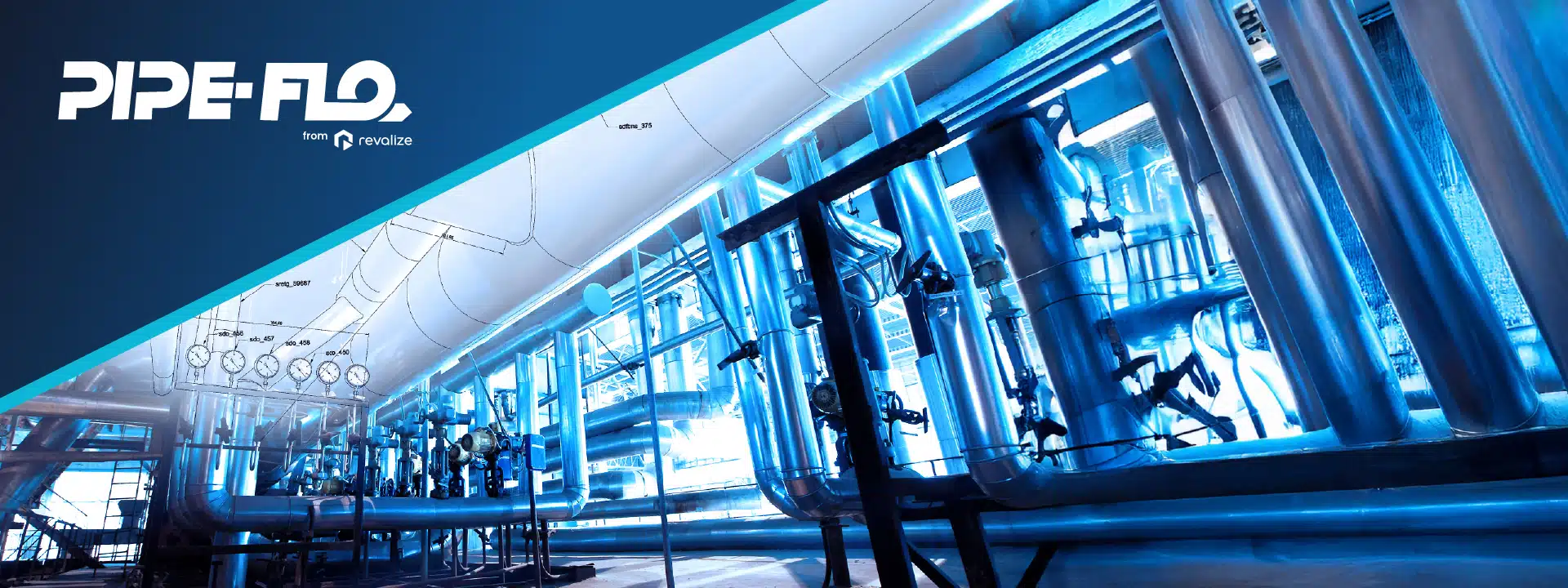As data centers proliferate and become more crucial to the world’s technological infrastructure, cooling systems have become an increasingly strategic asset. This is especially true as infrastructure scales from hyperscale campuses to edge deployments and the fluid systems build to keep them operating grow exponentially more complex.
However, design and operations teams often rely on fragmented tools and siloed processes that compromise performance, sustainability, and uptime. In this article, we share a few technology-related best practices that help turn fluid cooling system design from a reactive necessity into a proactive driver of efficiency, resilience, and long-term value.
One of the most persistent challenges in data center development is the breakdown between disciplines. Design teams hand off to commissioning teams, who hand off to operations, often with incomplete documentation or mismatched expectations.
This disjointed approach invites manual data entry errors, cross-functional miscommunications, and process inefficiencies at multiple stages.
It’s also unnecessarily expensive. As industry research notes, 70–80% of a project’s lifecycle cost is committed by the end of the conceptual design stage.i
To avoid these pitfalls, consider investing in fluid simulation and modeling technology that provides a single, unified model that persists across an entire project lifecycle.
For example: instead of redrawing or reinterpreting fluid system logic at every phase, teams should work from a shared, intuitive model that mirrors field operation conditions. From early concept through operations, a continuously evolving digital fluid model support visual communication, training, and more informed decision-making across project phases.
Centralizing this design data in a single model enables multiple stakeholders, each with different priorities, to remain aligned and working toward the same goal.
Not all engineering tools are built for fluid systems. And few serve both design and operations teams with the accuracy and flexibility required to balance performance, redundancy, and uptime.
If you’re designing fluid cooling systems for data centers, look for a design solution that is built for the job. Look for a tool that models how fluid systems behave under real-world operating conditions, not just static geometry or theoretical calculations.
With this type of simulation, engineers can run the full loop under operating conditions, mapping factors like pump curves, valve logic, elevation deltas, and component-specific logic in a single environment. This clarity transforms redundancy planning (like N+1 or N+2) from theory into engineering certainty.
Unlike CAD tools or spreadsheets (which typically lack dynamic simulation capabilities), an engineering design tool built for fluid systems can create a functional digital twin replica that helps teams anticipate problems, plan upgrades, and operate with clarity.
The tool should also be intuitive to use, so even non-specialists can visualize flows, pressures, and equipment performance. That makes cross-functional communication simpler, especially when decisions involve multiple disciplines or outside stakeholders.
Sustainability is no longer just a KPI; it’s a codified design requirement. Data centers must now look beyond the traditional PUE (Power Usage Effectiveness) metric. Regulations in the EU and California mandate tracking Water Usage Effectivenessii (WUE) and Carbon Usage Effectivenessiii (CUE), which measure water and carbon efficiency in cooling systems. These requirements are redefining how cooling performance and environmental impact are measured.
Furthermore, Germany’s implementation of the EU Energy Efficiency Directiveiv now requires existing data centers ≥300 kW to hit a PUE of ≤1.5 by 2027 and ≤1.3 by 2030, with other member states adopting similar mandates. Operators need detailed, component-level system modeling to meet these environmental efficiency targets.
As rack densities climb and liquid cooling becomes standard, fluid systems are growing more complex and more central to performance, energy efficiency, and sustainability goals. Meeting these demands requires more than static plans.
Engineering teams need tools that enable dynamic modeling, digital twin replicas, and real-world scenario testing so they can align design intent with operational reality. With the right solution, your model evolves along with your cooling system, capturing decisions, documenting changes, and keeping the entire team aligned over time. That means operators can simulate upgrades, validate performance, and sign off on CapEx knowing the design is ready for tomorrow’s heat loads and ESG targets.
As data center designs become more complex, engineers should look for a fluid system design tool that is capable of simulating system behaviors, validating decisions, and streamlining commissioning by reducing surprises and uncertainties.
What does this look like in practice? Read part 2, 6 Ways PIPE-FLO Supports the Entire Fluid System Lifecycle, to see what the model-building process can look like when you leverage a best-in-class fluid modeling and simulation solution.
Want to dive deeper into fluid system design? Download our eBook,
